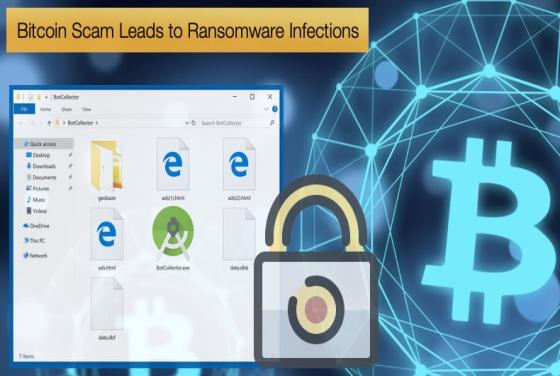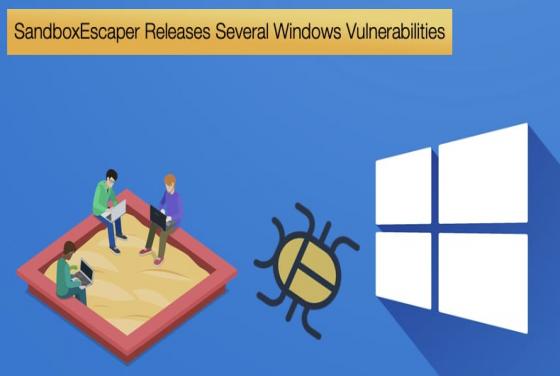

EA Rushes to Fix Cloud Flaws
EA, undoubtedly one of the world’s major players in the games industry in terms of both releases and sales, is not immune to security issues, like with any company reliant on the Internet. The company has a reputation for generating bad press, whether from business practices or unfulfilled promises








